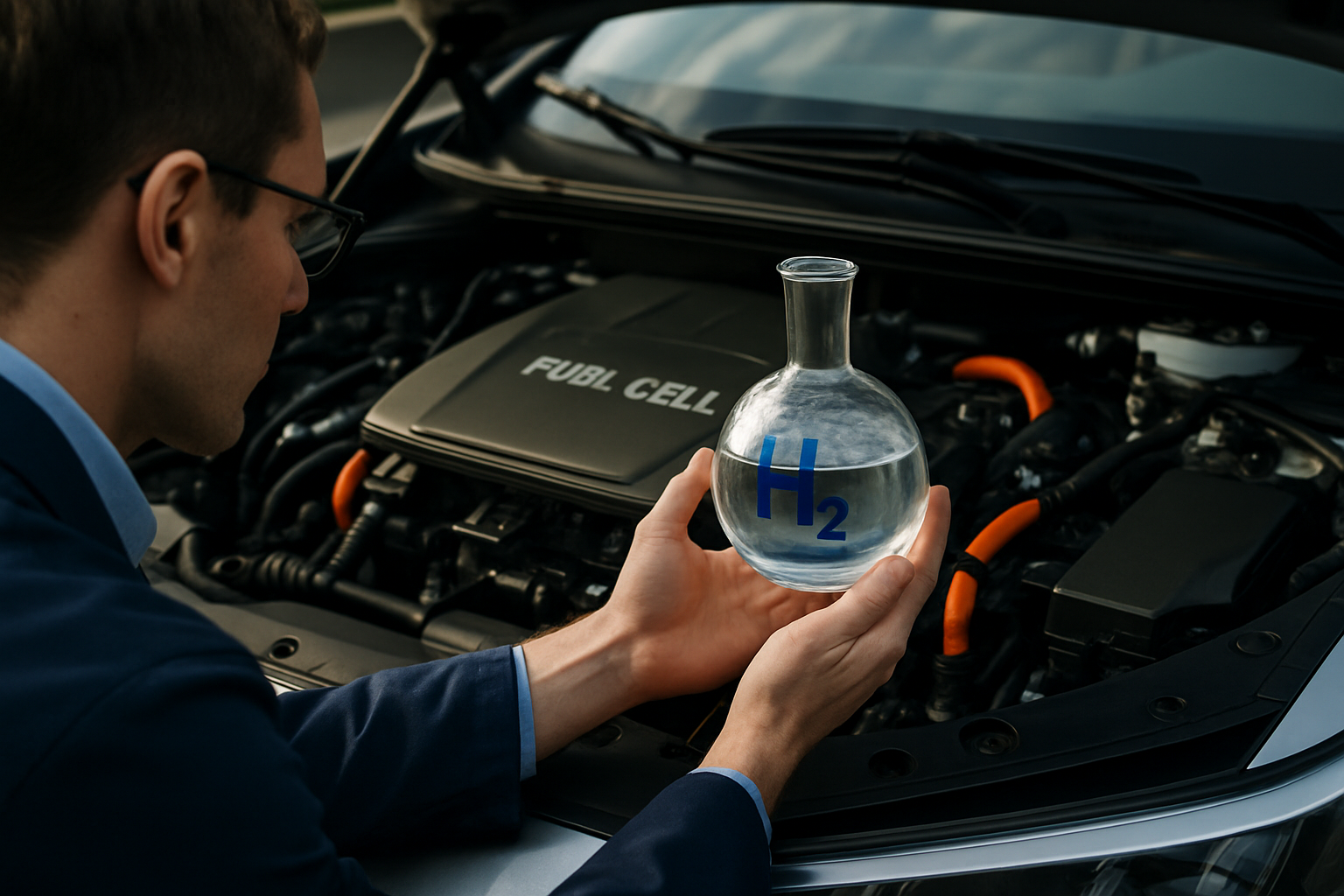Synthetic Fuels: Racing Towards a Greener Tomorrow
In the relentless pursuit of sustainable mobility, a revolutionary fuel is emerging from the shadows of conventional energy sources. Synthetic fuels, often dubbed 'liquid sunshine', are poised to transform the automotive landscape. This innovative approach to powering vehicles combines cutting-edge technology with environmental consciousness, offering a tantalizing glimpse into a future where high-performance driving and eco-friendliness coexist harmoniously.

The Alchemical Process
The production of synthetic fuels begins with electrolysis, which splits water into hydrogen and oxygen using renewable electricity. The hydrogen is then combined with carbon dioxide captured from industrial processes or directly from the air. Through the Fischer-Tropsch process, a method developed in the 1920s, these elements are synthesized into liquid hydrocarbons. This modern-day alchemy transforms air and water into a potent fuel source, offering a circular solution to energy production.
Racing Towards Adoption
The world of motorsports has become an unexpected champion for synthetic fuels. Formula 1, known for its cutting-edge technology, has announced plans to transition to 100% sustainable fuels by 2026. This move is not just a PR stunt but a genuine effort to drive innovation and accelerate the development of synfuels for broader automotive use. The extreme conditions of racing provide the perfect testing ground for these fuels, pushing the boundaries of performance and reliability.
Bridging the Gap
One of the most compelling aspects of synthetic fuels is their potential to serve as a bridge technology. While the automotive industry undergoes a seismic shift towards electrification, synfuels offer a way to reduce emissions from existing internal combustion engines. This compatibility with current infrastructure and vehicles means that older cars can become more environmentally friendly without the need for costly modifications or replacements. It’s a pragmatic approach that acknowledges the challenges of a complete overhaul of the global vehicle fleet.
The Environmental Equation
Critics argue that the production of synthetic fuels is energy-intensive, potentially offsetting their environmental benefits. However, proponents point to the possibility of using excess renewable energy during off-peak hours to power the production process. This approach could help solve the intermittency issues associated with solar and wind power, creating a symbiotic relationship between renewable energy generation and synthetic fuel production. The result could be a near-carbon-neutral fuel cycle, dramatically reducing the automotive sector’s carbon footprint.
Challenges on the Horizon
Despite their promise, synthetic fuels face significant hurdles on the path to widespread adoption. The primary challenge is cost. Currently, producing synfuels is substantially more expensive than refining traditional petroleum products. Scaling up production to achieve economies of scale is crucial for making these fuels economically viable. Additionally, the energy efficiency of the production process needs improvement to truly maximize the environmental benefits.
Policy and Public Perception
Government policies will play a crucial role in the future of synthetic fuels. Incentives for production and use, coupled with carbon pricing mechanisms, could level the playing field and accelerate adoption. Public perception is another critical factor. Educating consumers about the benefits of synthetic fuels and dispelling misconceptions will be essential for gaining widespread acceptance. The automotive industry must work hand-in-hand with policymakers and environmental groups to create a cohesive strategy for integrating synfuels into the broader energy mix.
The Road Ahead
As we stand at the crossroads of automotive innovation, synthetic fuels offer a compelling vision of the future. They promise to preserve the visceral thrill of internal combustion while dramatically reducing environmental impact. The journey towards widespread adoption will be challenging, requiring significant investment in research, infrastructure, and public education. However, the potential rewards are immense – a world where the roar of engines and the preservation of our planet are no longer mutually exclusive.
Synthetic fuels represent more than just an alternative energy source; they embody the innovative spirit that has driven automotive progress for over a century. As we race towards a greener tomorrow, these liquid sunbeams may well be the key to unlocking a sustainable future for the cars we love. The road ahead is long, but with synthetic fuels in our tanks, it’s a journey filled with excitement, possibility, and the promise of a cleaner, brighter automotive landscape.





